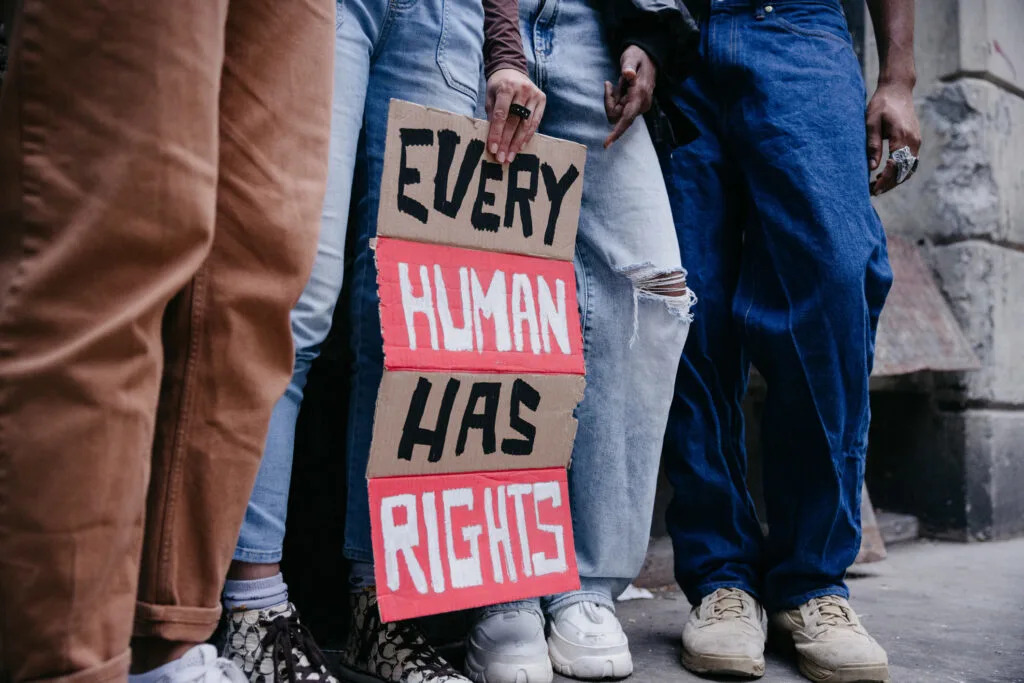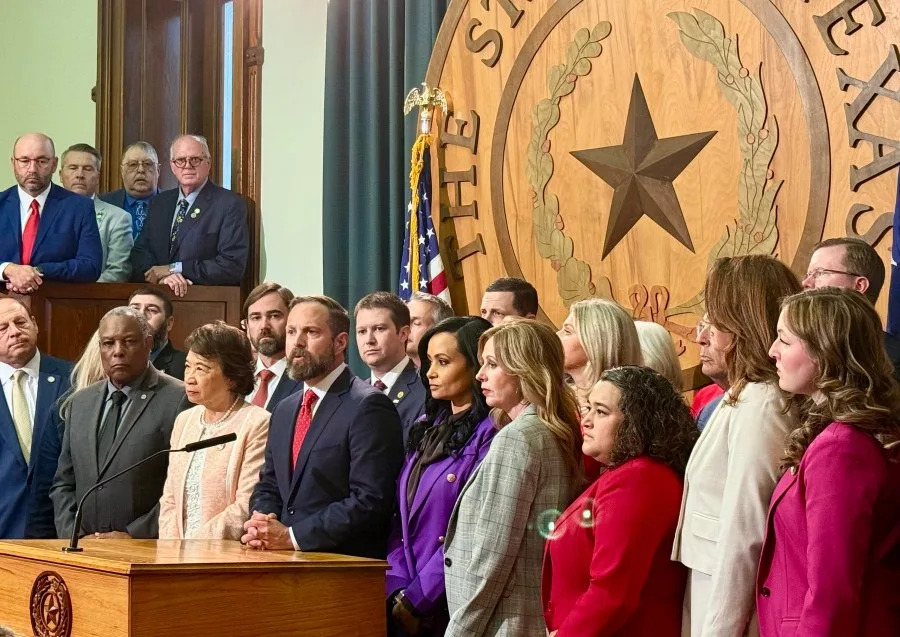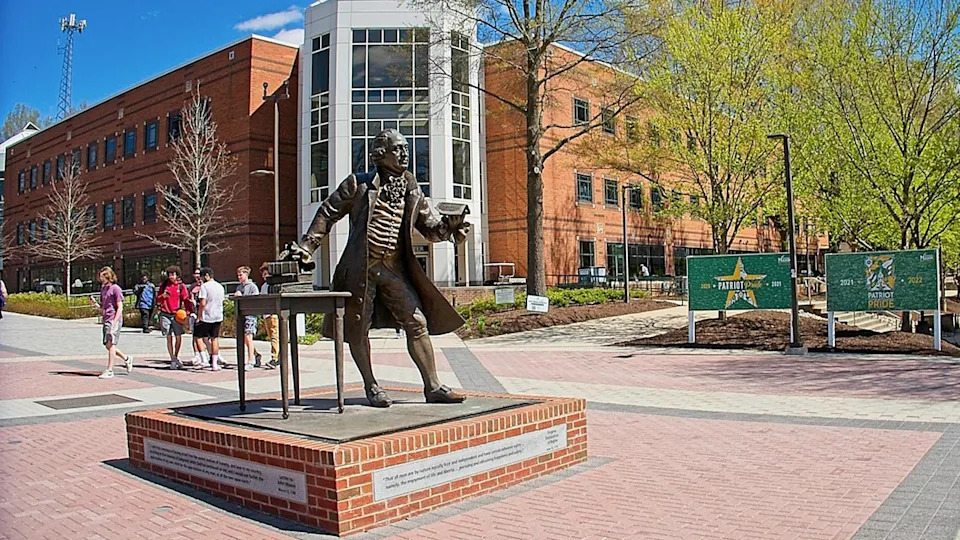
A group marches for equal rights. (Getty Images.)
Ohio Equal Rights is now trying to get two amendments on the 2026 ballot: one to remove the ban on same-sex marriage in the Ohio Constitution, and the other to expand discrimination protections.
The second amendment would add language to the state’s constitution protecting citizens from discrimination based on race, color, creed or religion, sex, sexual orientation, gender identity or expression regardless of sex assigned at birth, pregnancy status, genetic information, disease status, age, disability, recovery status, familial status, ancestry, national origin, or military and veteran status.
SUPPORT: YOU MAKE OUR WORK POSSIBLE
Ohio Equal Rights, the group behind the amendments, originally had one proposed amendment, but the Ohio Ballot Board decided a few weeks ago their proposal actually contained two amendments.
Ohio Secretary of State Frank LaRose said some voters could support removing Ohio’s ban on gay marriage from the constitution, but not want to add protections to all those groups of people.
“We still think splitting the amendment creates unnecessary hurdles,” Lis Regula, executive co-chair of Ohio Equal Rights, said in a statement. “But we still think moving forward is our best shot.”
Ohio Equal Rights could have challenged the ruling in the Ohio Supreme Court, but decided instead to move forward as two separate amendments. The Republicans hold a 6-1 majority on the Ohio Supreme Court.
“It could take months, if not years to appeal the decision in court,” Regula said in a statement. “Moving forward, even though it is double the signatures and paperwork, it is the best shot we have at securing equality for every Ohioan in a timely manner.”
Ohio Equal Rights said their attorneys are writing up summaries, titles, and petitions for Ohio Attorney General Dave Yost to certify. Once Yost certifies the petitions, Ohio Equal Rights can starting collecting signatures.
They will need to collect about 413,487 signatures from at least 44 of Ohio’s 88 counties — 10% of the total vote cast for governor during the last gubernatorial election — for each amendment in order to get on the ballot. LaRose will then need to verify the signatures.
Ohio’s constitution includes a ban on same-sex marriage after 61.7% of Ohio voters approved an amendment in 2004 that says marriage is only between one man and one woman. The United States Supreme Court legalized gay marriage in 2015 through the Obergefell case originating out of Ohio.
However, Supreme Court Justice Clarence Thomas called on justices to revisit Obergefell after the Supreme Court overturned Roe v. Wade in 2022.
The 2026 ballot will also include the governor’s race and other statewide executive offices.
Follow Capital Journal Reporter Megan Henry on Bluesky.







Comments